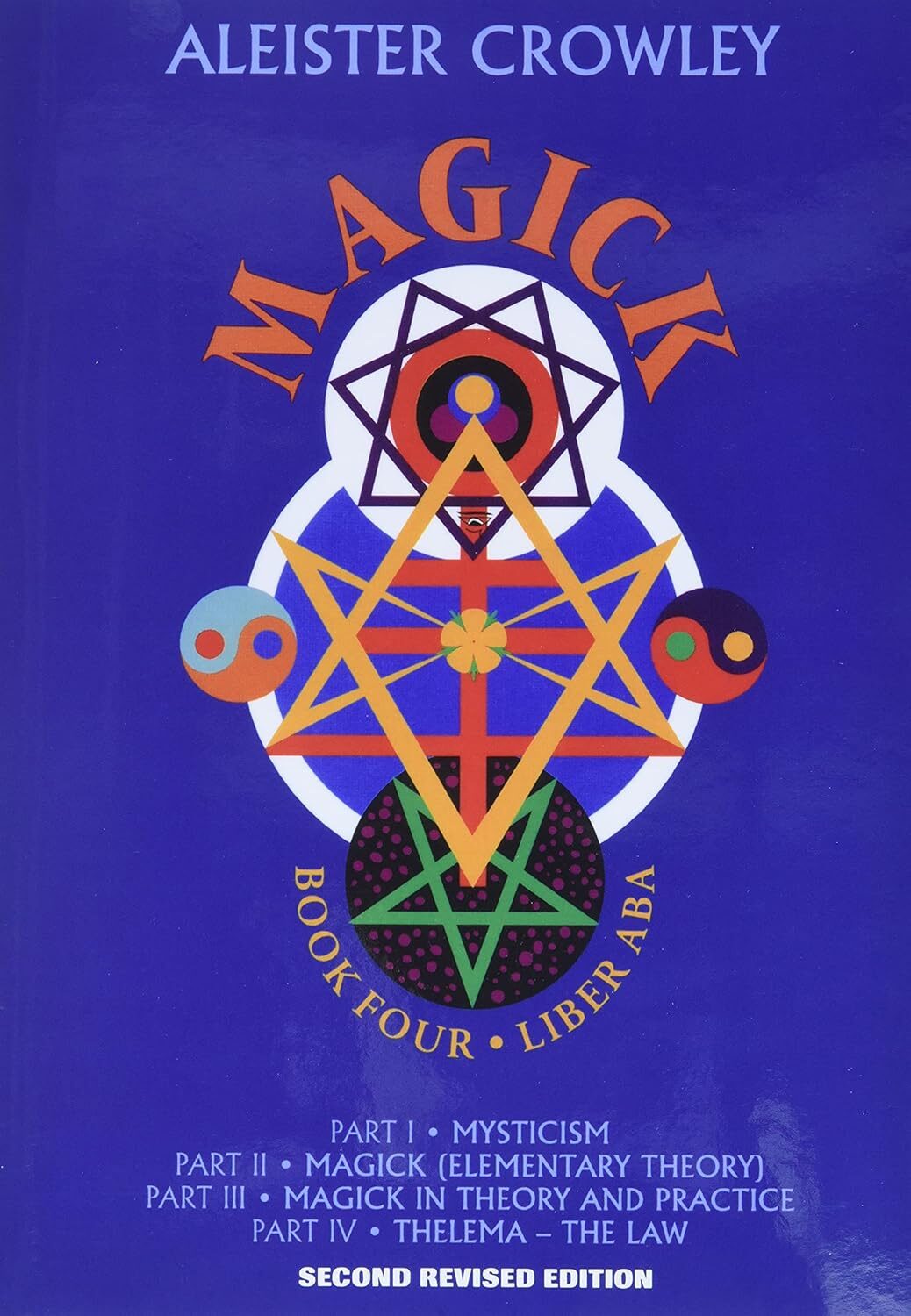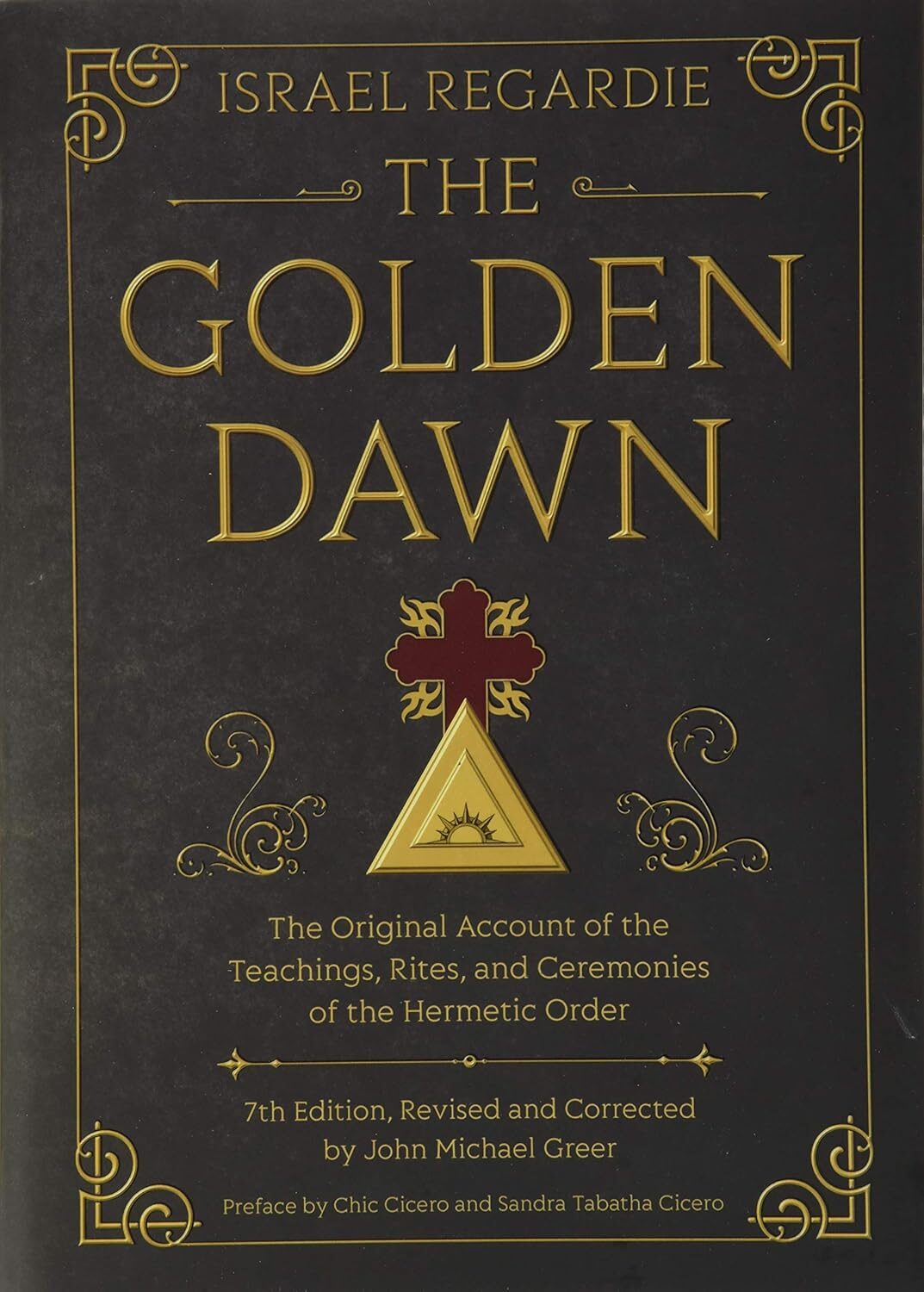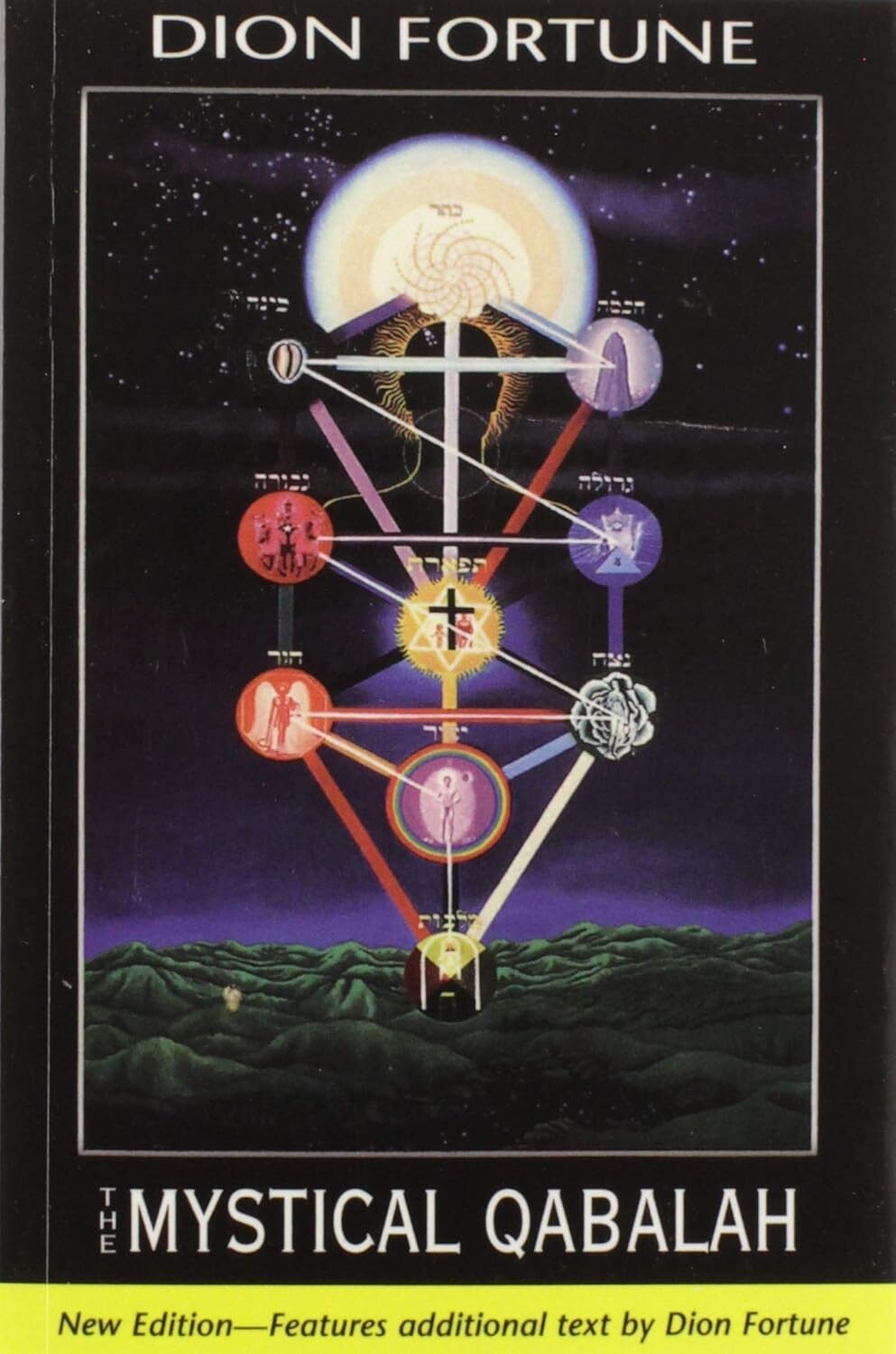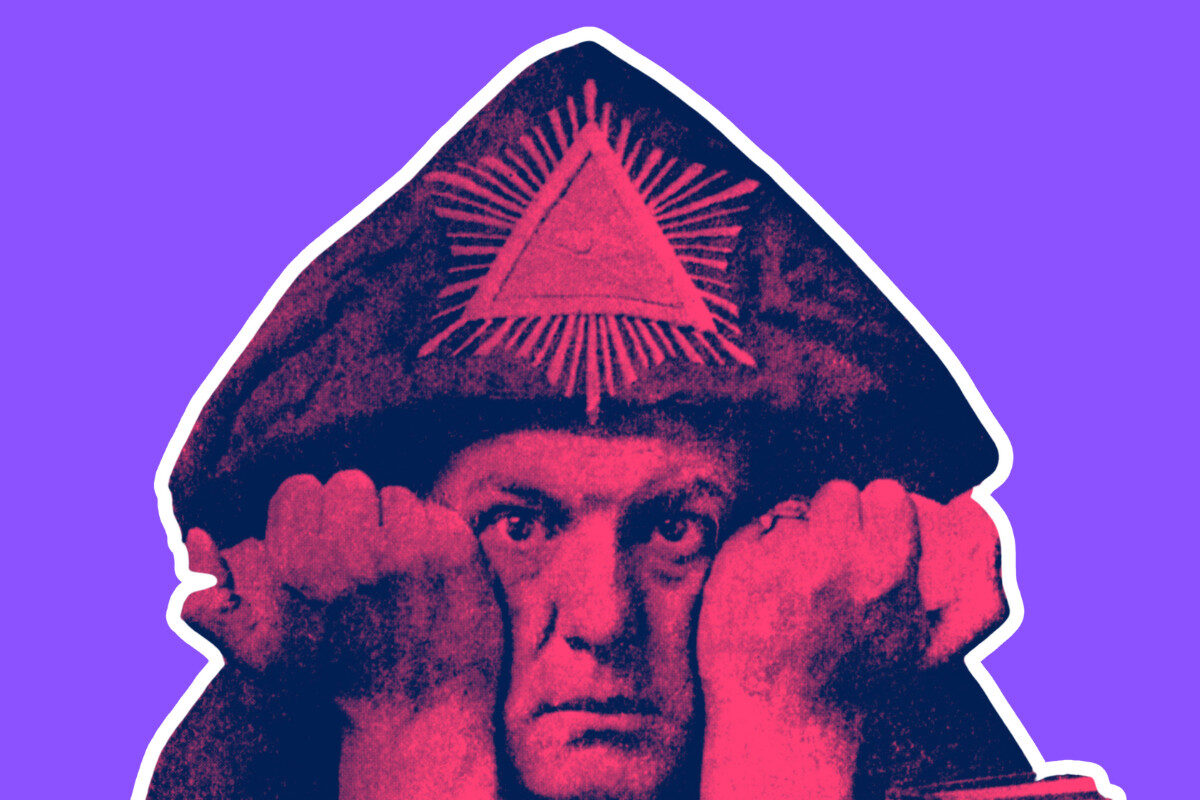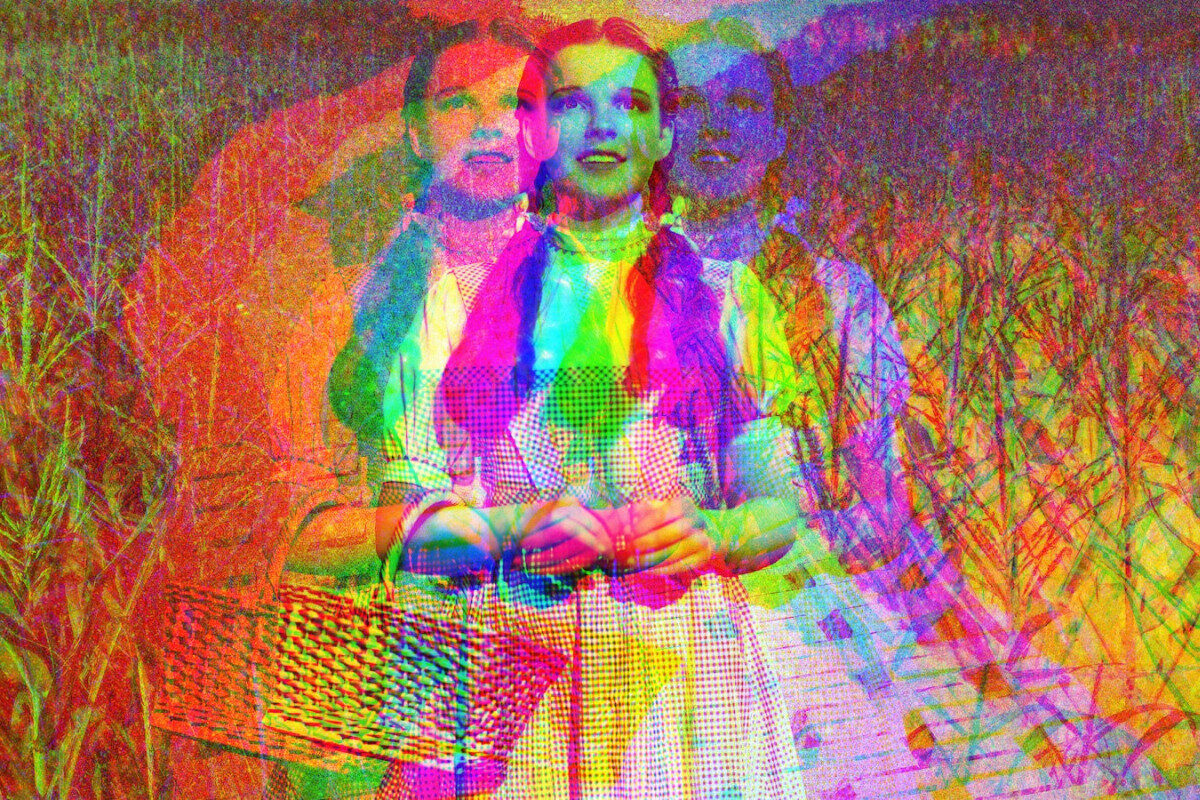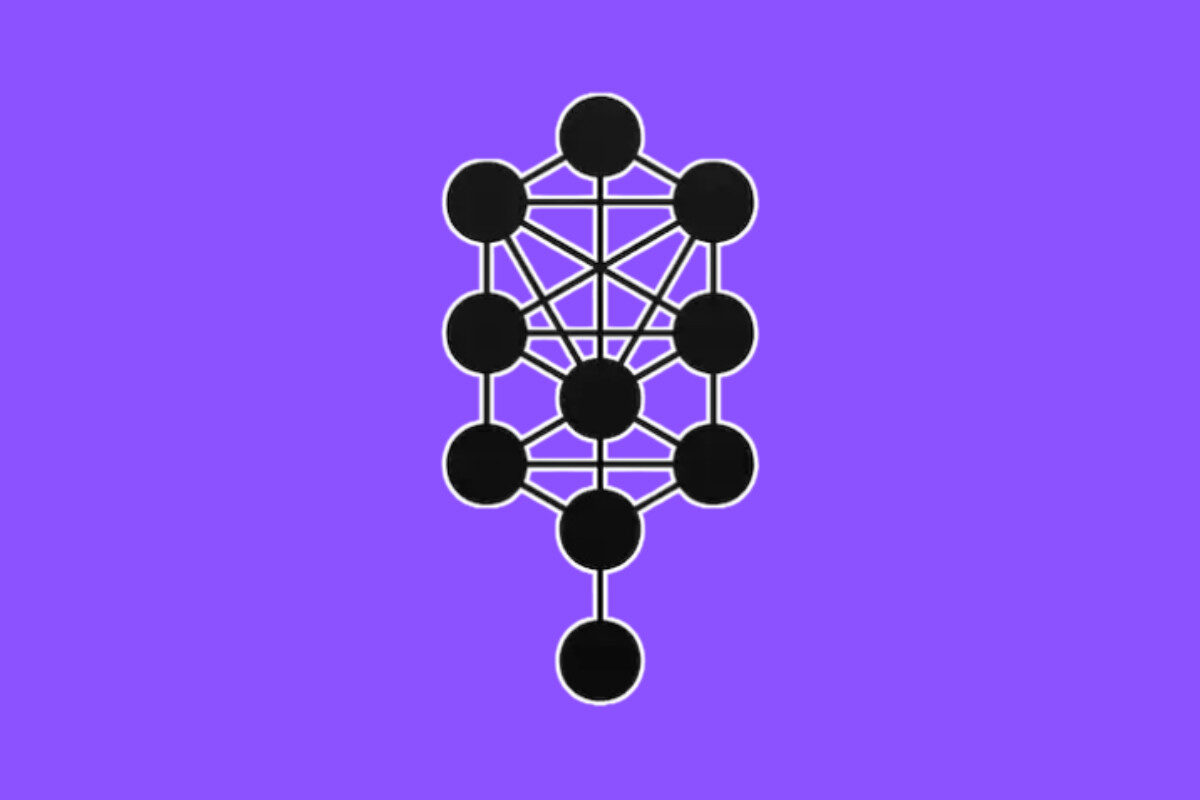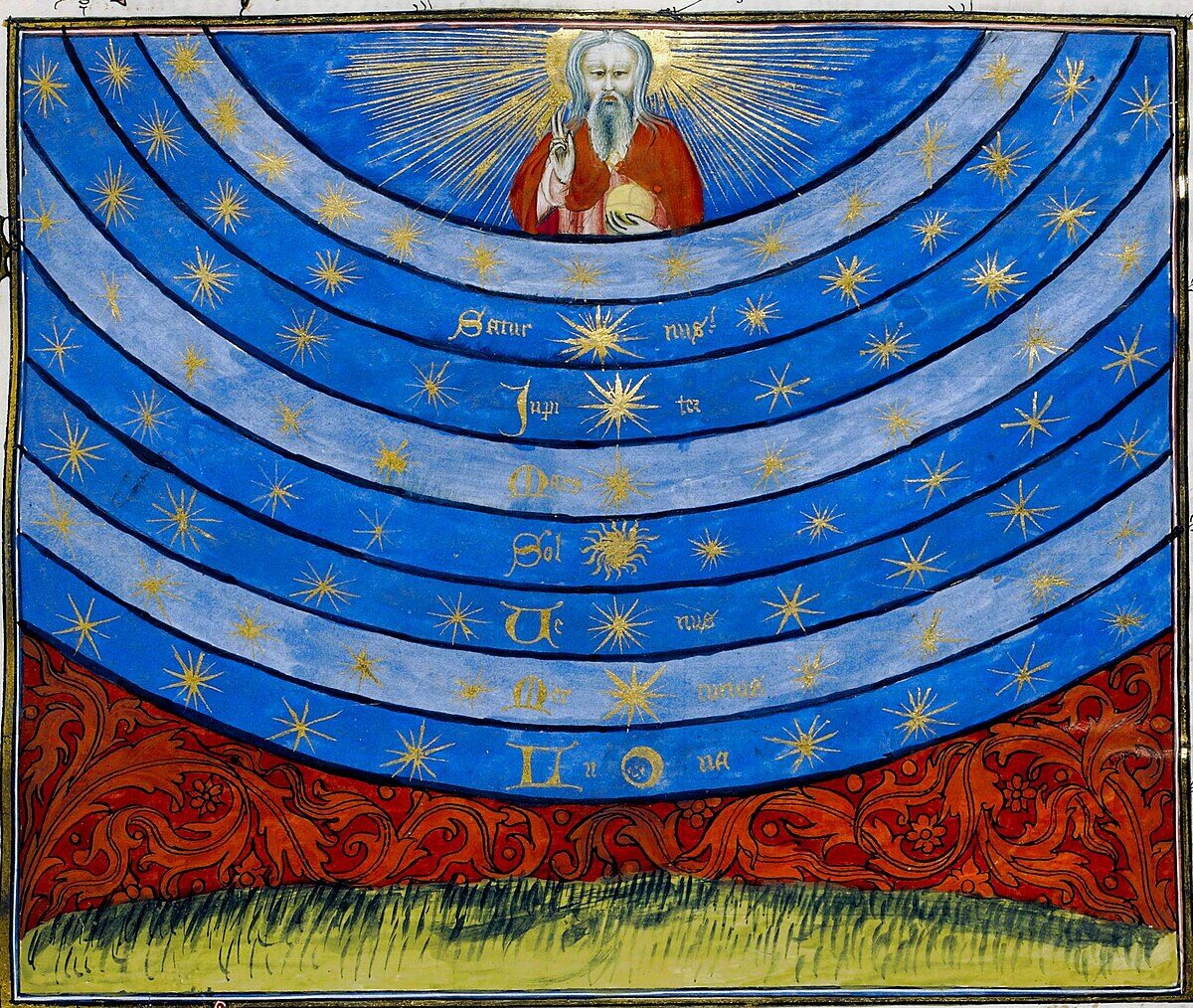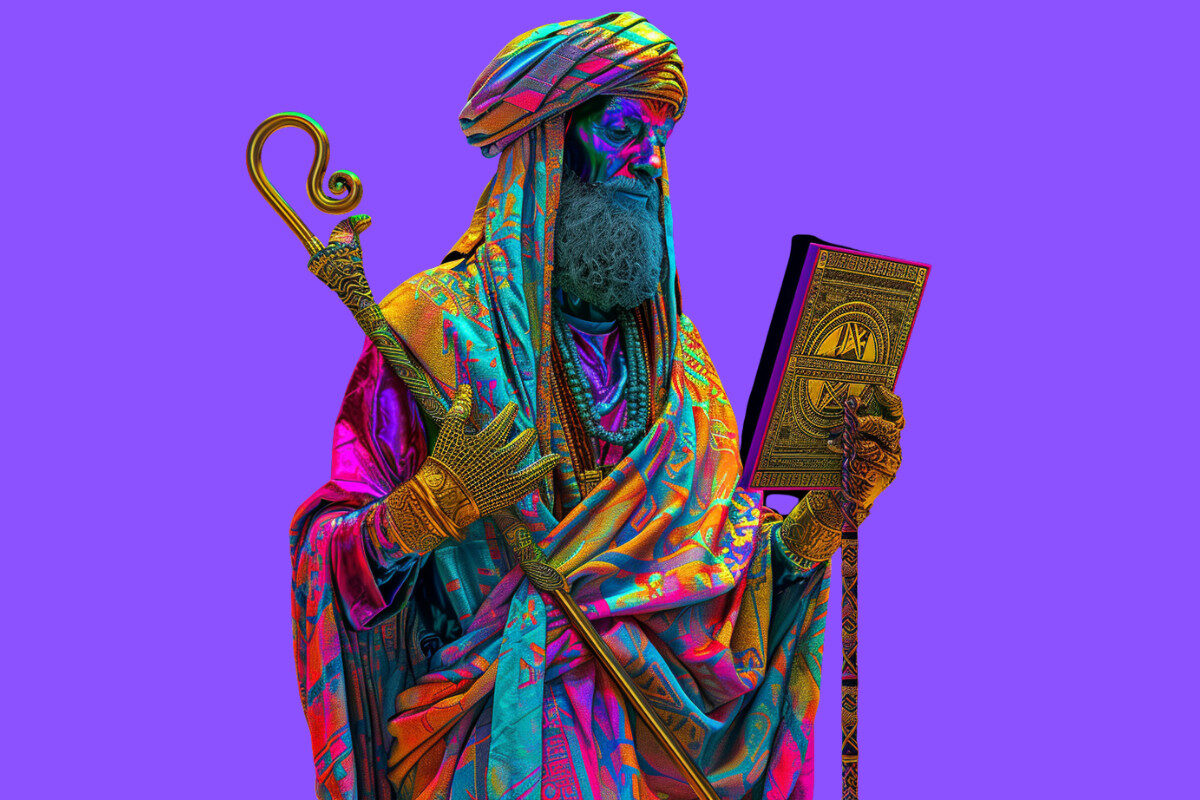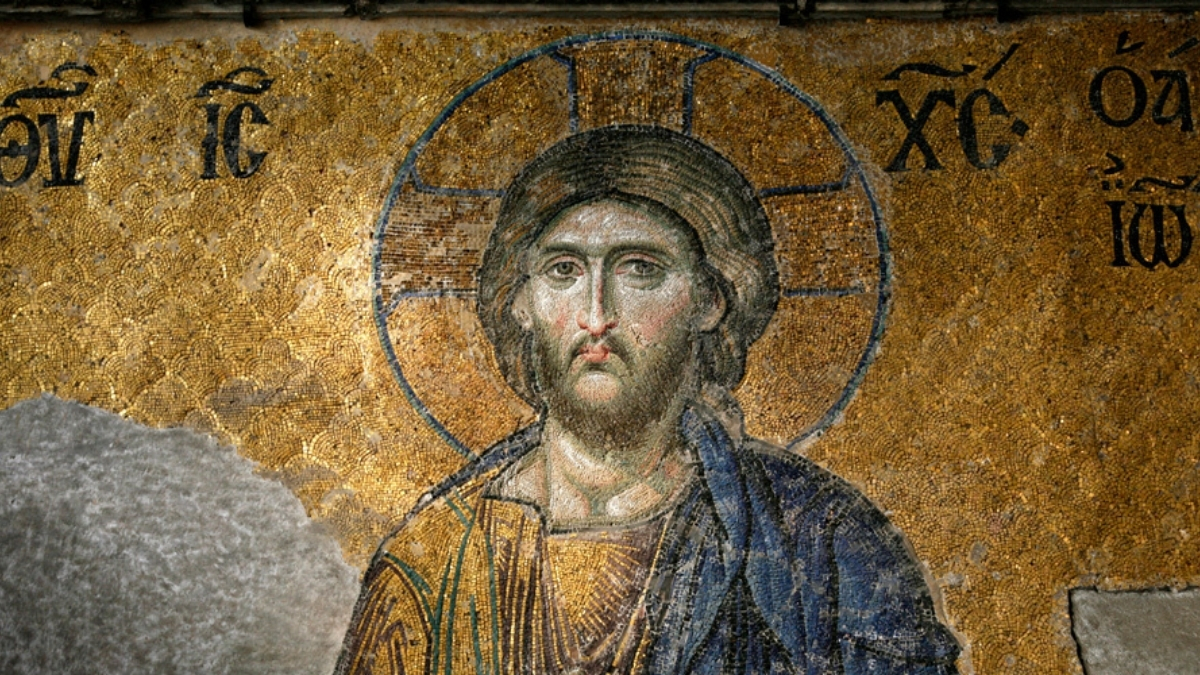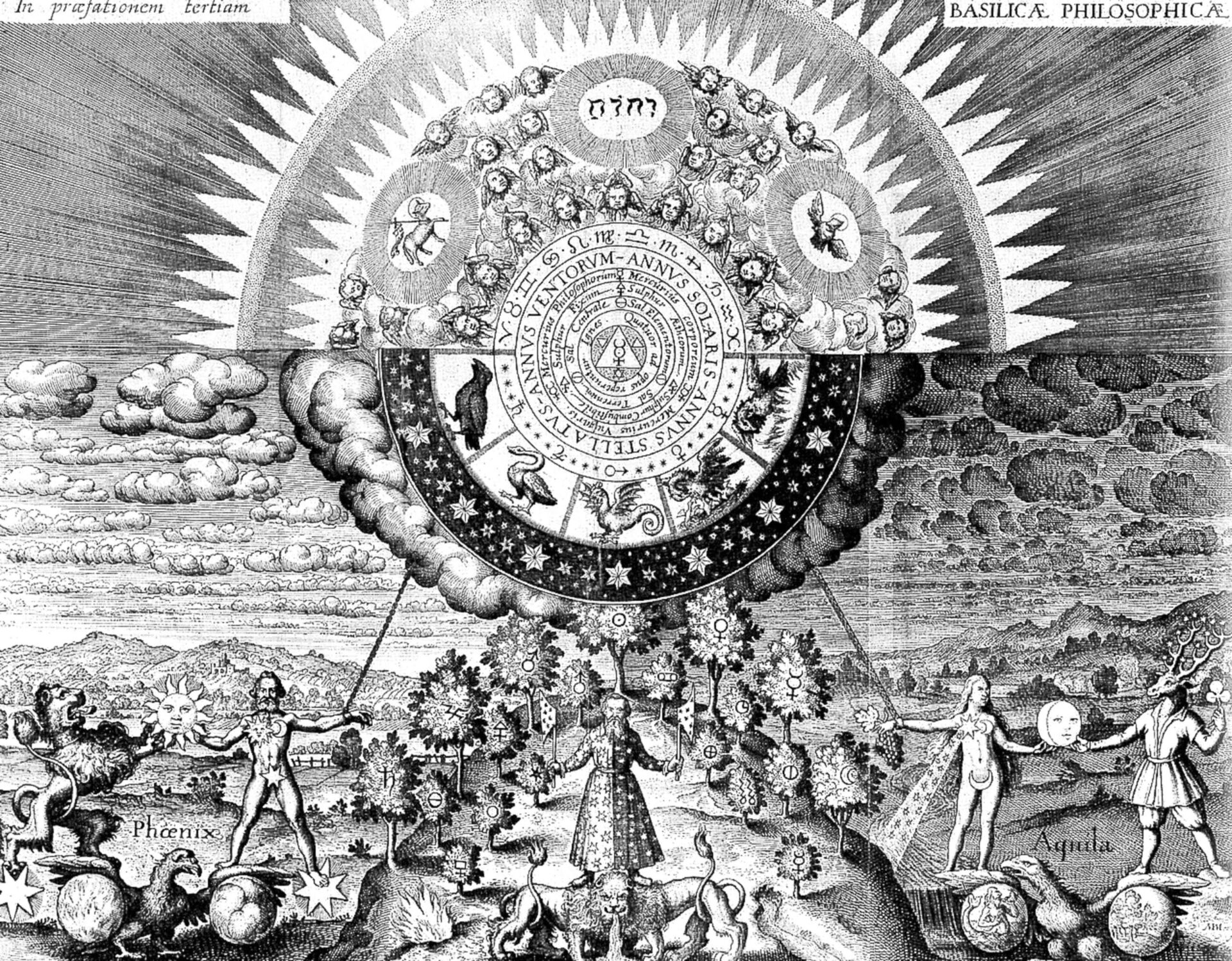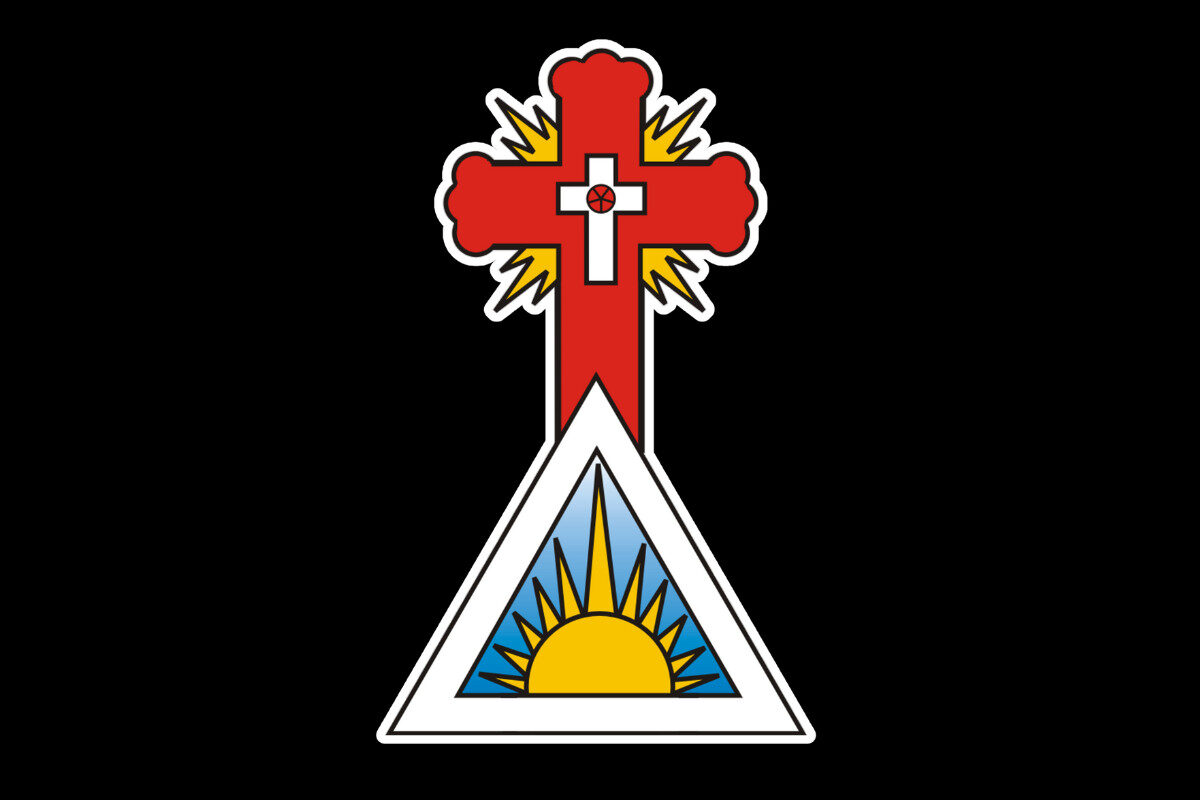What is Hermeticism? Is it a religion? Is it compatible with Christianity? Here’s a brief, beginner-friendly primer on everything you need to know about this ancient, mystical philosophy
Since the fall of the Roman Empire, Christianity—specifically Roman Catholicism—has shaped the spiritual and cultural foundations of Europe and much of the Western world.
Catholicism blended early Christian teachings with older Roman traditions, creating a structured belief system that lasted for centuries.
Despite major schisms like the Protestant Reformation and countless religious wars, one core idea stayed the same: there is one God, and a clear divide exists between the divine and the human.
Access to the divine wasn’t direct. The Church positioned itself as the gatekeeper, the only way to reach spiritual truth.
This wasn’t unique to Christianity. Judaism, Christianity, and Islam all built monotheistic systems that placed religious institutions between people and the divine. These systems often served as tools for maintaining social and political order.
Hermeticism offers a different path.
It’s monotheistic, yes—but unlike religions built for mass adherence, Hermeticism is inward-facing. It frames the divine not as a distant being accessible only through scripture or clergy, but as something present in everything—including you.
Think of Hermeticism like an operating system. It has its own source code, and if you learn how to work with it, you can access it directly and make meaningful changes from within.
What Is Hermeticism?

Hermeticism, also known as Hermetism, is a spiritual and philosophical system rooted in the mystical teachings attributed to Hermes Trismegistus — a legendary figure blending the Greek god Hermes and the Egyptian deity Thoth.
At its core, Hermeticism teaches that:
- The universe is a living mind.
- Human beings are divine sparks capable of awakening.
- Through spiritual knowledge (gnosis), one can align with higher realities.
Influencing fields like alchemy, astrology, magic, and modern psychology, Hermeticism offers a roadmap for inner transformation and understanding the cosmos.
Combined, these disciplines – each deep enough for a lifetime’s work – give you the means of connecting the dots, seeing through the veil, experiencing the inner workings of reality and even offering glimpses of what resides beyond it.
It is not something you can learn from YouTube or watching TikTok videos. It requires serious discipline, a lot of reading, study, and practical experimentation (this is where magick comes into the picture).
But before we get to that, let us first examine how modern hermeticism, the type first systematised by The Golden Dawn in the early 20th century, has been gradually pieced together over the last few millennia.
A Brief History of Hermeticism
Origins (1st–3rd centuries CE)
The foundational texts of Hermeticism—the Corpus Hermeticum and Asclepius—were written in Greek during the Roman occupation of Egypt.
These works blend Egyptian spiritual ideas with Greek philosophical systems like Neoplatonism and Stoicism, along with threads of early Christian mysticism that would later be called Gnosticism.
At the heart of these writings is a vision of reality where everything is interconnected through a single divine source.

This source is often called The All or The One—a timeless, boundless force that exists both within and beyond the material world. In this worldview, understanding the universe requires deep self-knowledge.
And the reverse is also true: to truly know yourself is to begin unlocking the secrets of the cosmos.
But Hermeticism isn’t just theory; it’s practical. The texts don’t just tell you what the universe is; they give you methods for exploring it. You can – and will – get your hands dirty.
Meditation, visualization, symbolic thinking, and ritual practice are all tools of the Hermetic path.
Centuries later, these ideas would be formalized and ritualized by groups like the Freemasons (in their speculative form) and the Hermetic Order of the Golden Dawn, which brought Hermetic teachings into structured, initiatory systems.
Hermeticism also shares some overlap with Gnosticism, a branch of early Christian thought that offered its own radical reinterpretation of creation.
In Gnostic teachings, the vengeful god of the Old Testament isn’t the true creator but a false one—the Demiurge.
He rules the material world and keeps souls trapped in ignorance.
According to this view, the real God — the source of all light and knowledge — is hidden, and it’s up to each person to awaken, seek knowledge, and break free from the illusion of the physical world to reunite with the divine.
The Renaissance Occult Revival
In the period leading up to the Renaissance, the church and its clergy were starting to be viewed with contempt by those that demanded answers from nature. Science was starting t
Hermetic texts were rediscovered in the 15th century and translated by scholars like Marsilio Ficino, sparking renewed interest in ancient wisdom among Renaissance thinkers.
Key figures like Giordano Bruno and Pico della Mirandola saw Hermeticism as a bridge between classical philosophy and spiritual truth—something deeper than the rigid doctrines of the Church.
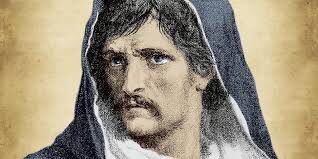
These rediscovered ideas soon influenced the development of Western alchemy and Kabbalah. The latter, traditionally rooted in Jewish mysticism, was reinterpreted through a Hermetic lens, blending spiritual symbolism with metaphysical speculation.
Alchemy, meanwhile, became more than just the pursuit of gold—it evolved into a symbolic system of personal transformation, with Hermetic principles at its core.
Around the same time, the myth of the Rosicrucians emerged.
Based on the story of Christian Rosenkreuz, a mysterious figure said to have founded a secret brotherhood, Rosicrucian manifestos began circulating across Europe.
They promised hidden knowledge, spiritual enlightenment, and the possibility of transforming both the self and society.
These writings—part esoteric philosophy, part social commentary—spread like wildfire. They introduced broader audiences to Hermetic themes like the unity of all things, the power of symbols, and the quest for the philosopher’s stone.
Hoax or not, the Rosicrucian myth captured the imagination of Europe. It inspired curiosity, fear, and fascination in equal measure. Rosicrucian orders exist to this day with some even claiming – falsely – direct lineage back to the days of Rosenkreuz.
Even Isaac Newton—known for discovering gravity—spent more time writing about alchemy and Hermeticism than he did on physics.
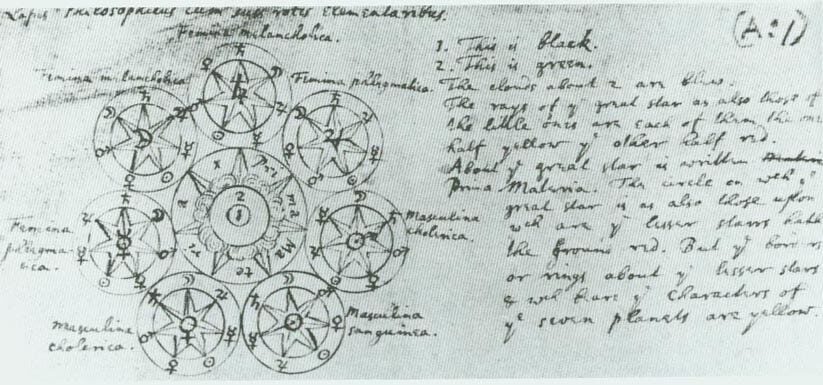
He believed a divine force was embedded in the fabric of reality. For Newton, atheism wasn’t just incorrect—it was lazy. He called it “senseless” and “odious” because, in his view, the signs of a deeper order were everywhere.
This is why Hermeticism, and esoteric beliefs in general, never fully disappeared.
People seek truth. We crave deeper knowledge—gnosis. And deep down, many of us suspect that what we see isn’t all there is.
Esoteric systems promise more than belief. They offer tools: ways to think, reflect, and explore the unknown. Not dogmatic prescriptions, but actual practical tools and applications that focus on understanding, not blind worship.
Modern Influence
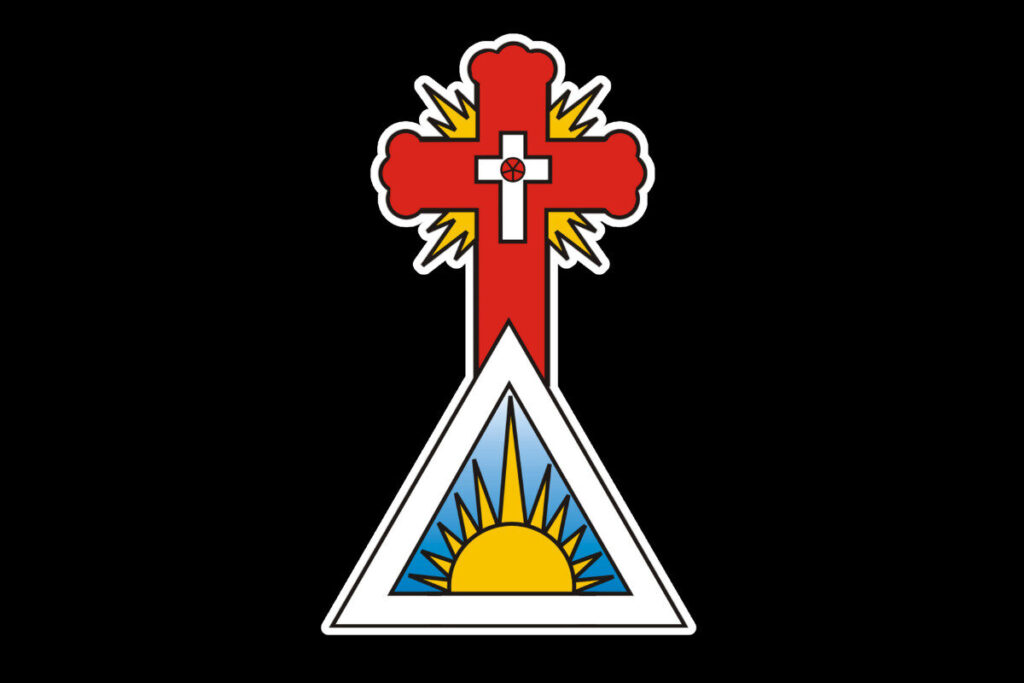
The Renaissance was quite some time ago, of course—and since then, we’ve put men on the moon, smashed the atom, built the internet, and made Ed Sheeran a star.
Heady stuff.
So where exactly does Hermetic thought fit into the modern world?
More importantly: how did it get here? If it’s all just dusty old manuscripts written in dead languages passed around by secret societies, how has it survived this long?
Seven words: The Hermetic Order of the Golden Dawn.
This secret order—formed in the late 19th century—acted as the bridge between Hermeticism’s ancient origins, its Renaissance revival, and its modern resurgence.
The Golden Dawn’s founding members — Samuel Liddell MacGregor Mathers, William Wynn Westcott, and William Robert Woodman — took ancient Hermetic texts, Renaissance occult philosophy, and esoteric Christian mysticism, and transformed them into something structured, practical, and modern.
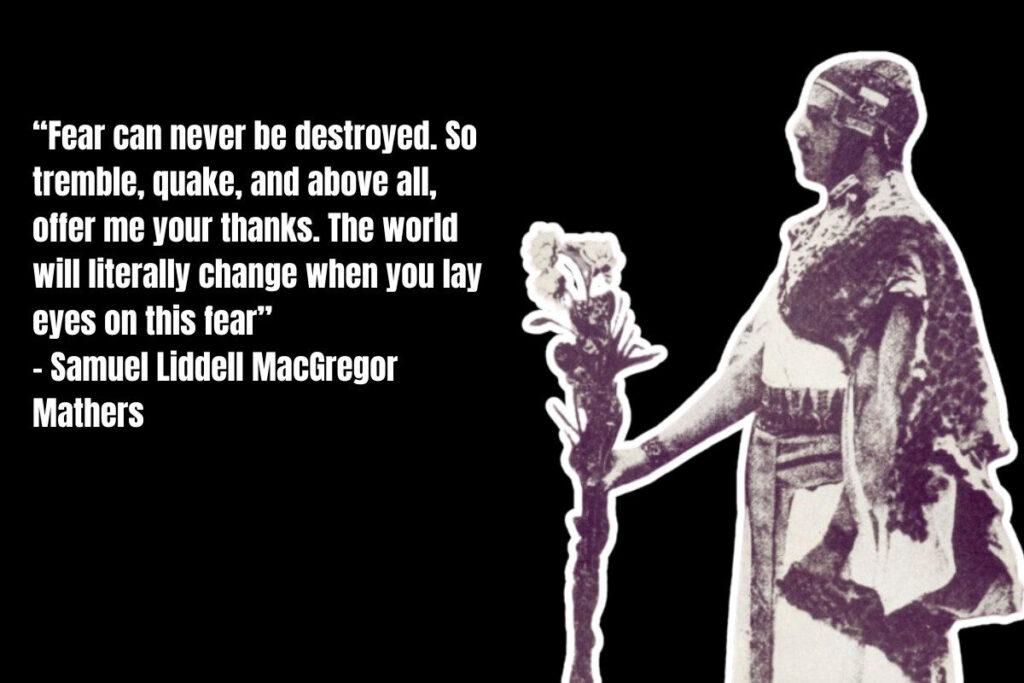
Samuel Liddell MacGregor Mathers, pictured above, was the driving force between the creation of the system of magick use by The Golden Dawn. He spent nearly two decades decoding ancient texts and documents to create the kernel that would become the defining system of western hermeticism for the proceeding century.
But here’s the kicker: Mathers had no formal training. No institutional backing. Just obsession, grit, and a hell of a lot of time spent in the reading room of the British Museum.
He was fluent in Latin, Hebrew, Greek, and French (you got more mileage from an English education back then), which allowed him to read, understand and interpret long-forgotten magical texts.
He personally translated and published the following texts, most of which are still read and used by practitioners today:
- The Key of Solomon (a foundational grimoire)
- The Book of the Sacred Magic of Abramelin the Mage
- The Kabbalah Unveiled (a partial translation of the Zohar, a key Kabbalistic text)
And he did all of this during a time when interest in the occult in the UK was near zero. In the late 19th century, most of the population still went to church. Most also lived in abject poverty with little to no time for flights of fancy about ancient Egyptian gods and ceremonial magic.
It was also a time of increased industrialisation and strict societal rules. Mathers and his ilk, in this respect, took to the occult as a means of extricating themselves from these rigid, societal norms. They wanted to find a new way to live and understand the world, and they went about it in a quintessentially punk rock fashion.
Here’s a rough timeline of Mathers’ esoteric journey, from the start to the founding of The Golden Dawn:
- Early 1880s: Mathers begins serious occult study, spending long periods at the British Museum. He starts with military translations but quickly shifts to esoteric material.
- 1888: The Hermetic Order of the Golden Dawn is founded by Mathers, Westcott, and Woodman. Mathers has already translated several key texts and is deep into Hermetic and Kabbalistic research.
- Late 1880s to mid-1890s: Mathers systematizes the Golden Dawn’s rituals, teachings, and initiatory grade structure. This is the core period where the Golden Dawn’s system is built.
- By 1900: The Golden Dawn becomes the most influential magical order in modern history.
The Golden Dawn’s system was complete and ambitious: initiatory grades, elemental rituals, planetary correspondences, tarot symbolism, angelic languages, and a deeply symbolic view of reality focused on inner transformation.
It offered its members a blueprint to work from, practical tools and processes that delivered tangible, visible results. At the time, this was revolutionary. Masonic orders existed, of course, but none were as “out there” as Mathers and his crew of magicians.
But what really made it stick wasn’t just the ritual drama or the mystery; the GD was accessible to all – male and female. You didn’t have to be a monk or scholar to join. You could be a poet, actor, scientist—or Aleister Crowley, who joined, absorbed the teachings, and later launched his own chaotic spin-off.
Thanks to figures like Crowley, Dion Fortune, Israel Regardie, and later Gerald Gardner (who helped kickstart modern Wicca), Hermetic ideas slipped into modern spirituality, psychology, and even pop culture.
So while Hermeticism might look ancient on the surface, it’s still quietly running in the background—like spiritual code embedded in modern life.
You’ll find traces of it in Jungian psychology, manifestation culture, the tarot boom, and even mindfulness apps preaching “oneness” and “higher consciousness.”
Key Hermetic Beliefs & Concepts
For the spiritually or intellectually curious, Hermetic philosophy is one of the most satisfying rabbit holes you can fall into. It’s deep, strange, endlessly layered—and it somehow feels familiar, like something you’ve always known but never had the words for.
I’ve been obsessed with the idea that consciousness is everything for as long as I can remember. Even as a kid in the early ’90s, I found myself talking to my local priest about it—trying to make sense of this feeling that reality was, somehow, inside me.
Hermeticism puts that idea front and center. Consciousness—or Mind—isn’t just part of reality. It is reality. God is Mind. You are Mind. The universe exists in Mind, and through your mind, you can influence the universe.
Core Concepts:
- The All – The unknowable, divine source of all reality.
- Mental Universe – Reality is a projection of a universal consciousness.
- Divine Spark – Every person contains a fragment of the divine.
- Gnosis – Spiritual knowledge is the path to awakening.
Your consciousness isn’t separate from the divine—it’s a spark of it. And the divine contains a reflection of you.
This is the essence of the Hermetic axiom: “As above, so below; as below, so above.”
To Hermeticism, the spiritual and material worlds aren’t opposites—they’re mirrors.
Everything in the physical world has a spiritual counterpart. And understanding one helps you understand the other.
The macrocosm (the universe, the divine, the “above”) and the microcosm (the self, the body, the “below”) reflect one another.
What happens on one level of existence influences the other.
In practice, this means inner work—meditation, intention, imagination—isn’t just self-help fluff. It’s real, spiritual action.
This is why, in the Bible, God refers to Himself as “I AM that I AM.”
It’s not just a name—it’s a clue. I AM is pure, unconditioned awareness. It’s the conscious mind, the root of identity and being. In Hermetic terms, God is Mind, and Mind is everything.
You see this thread throughout scripture, though it’s often overlooked. “The kingdom of God is within you.” “Ask, and you shall receive.”
These aren’t just spiritual platitudes; they’re practical truths about consciousness. They point to a divine intelligence that isn’t out there in the clouds, but in here, within your awareness.
This also explains why so many prayers go unanswered. It’s not because God isn’t listening—it’s because most people don’t understand the mechanism.
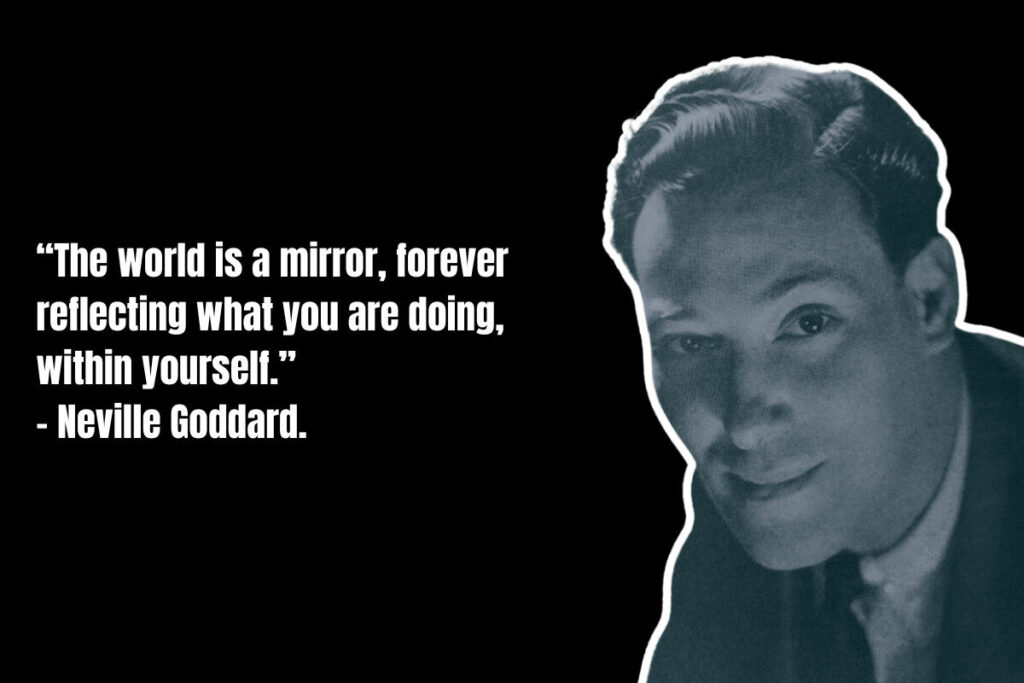
As Neville Goddard once said: “Prayer is the art of assuming the feeling of the wish fulfilled.” And no one since has said it better.
In other words, it’s not about begging an external deity—it’s about aligning your inner state with what you seek.
You become the thing you desire, internally, and the external must follow.
This idea—that the inner creates the outer—is pure Hermeticism. As above, so below. As within, so without.
Change your inner world, and your outer world starts to shift. Understand the patterns in nature, and you gain insight into yourself.
The universe, when viewed through a Hermetic lens, becomes something you participate in, not just something you observe.
The 7 Hermetic Principles (from The Kybalion)
These principles are tools for self-awareness and mastering life’s dynamics. You don’t need to understand Hebrew or ancient Greek to start applying basic, Hermetic principles to your life.
Here’s a quick overview of how you can start thinking about and applying the 7 Hermetic principles.
| Principle | Meaning |
|---|---|
| Mentalism | All is mind; reality is mental. |
| Correspondence | Patterns above reflect those below. |
| Vibration | Everything moves and vibrates. |
| Polarity | Duality exists in all things. |
| Rhythm | Natural cycles govern all. |
| Cause & Effect | Nothing happens by chance. |
| Gender | Masculine and feminine principles exist in everything. |
I’ll do a brief explainer of each and then finish with a practical example of how you can start incorporating it into your life.
- Mentalism means that everything begins in your mind. Your thoughts influence how you see the world, how you feel, and even what you attract. So instead of saying, “I’m stuck,” try thinking, “I’m learning my way through this.” That shift in mindset changes your experience.
- Correspondence teaches that patterns repeat. Your inner world (thoughts, emotions) reflects your outer world (relationships, situations). If life feels chaotic, ask yourself: “Where am I feeling scattered inside?” Clean up your inner space, and the outside often follows.
- Vibration reminds you that everything moves. Emotions are energy. So if you’re feeling stuck or low, get your body moving—go for a walk, breathe deeply, listen to music that lifts you. Changing your state can change your frequency.
- Polarity says that opposites are really just different degrees of the same thing. Love and hate? Same spectrum. Confidence and fear? Also the same spectrum. If you’re stuck in fear, try nudging yourself toward courage—bit by bit.
- Rhythm shows you that life comes in waves—ups and downs, seasons and cycles. When things get tough, remember: this too will pass. Ride the wave, don’t fight it. You can even plan around it. If you know your energy dips midweek, build in rest time.
- Cause & Effect means that nothing “just happens.” Everything has a cause—even your current situation. That’s not blame; it’s power. When you realize you can cause new outcomes, you stop feeling like a victim of chance.
- Gender is about balance. Every person has both masculine (action, logic) and feminine (intuition, creativity) energy. If you’re burned out from constant doing, you probably need more stillness and flow. And if you’re always dreaming but never acting, it’s time to take some steps.
Essential Hermetic Texts
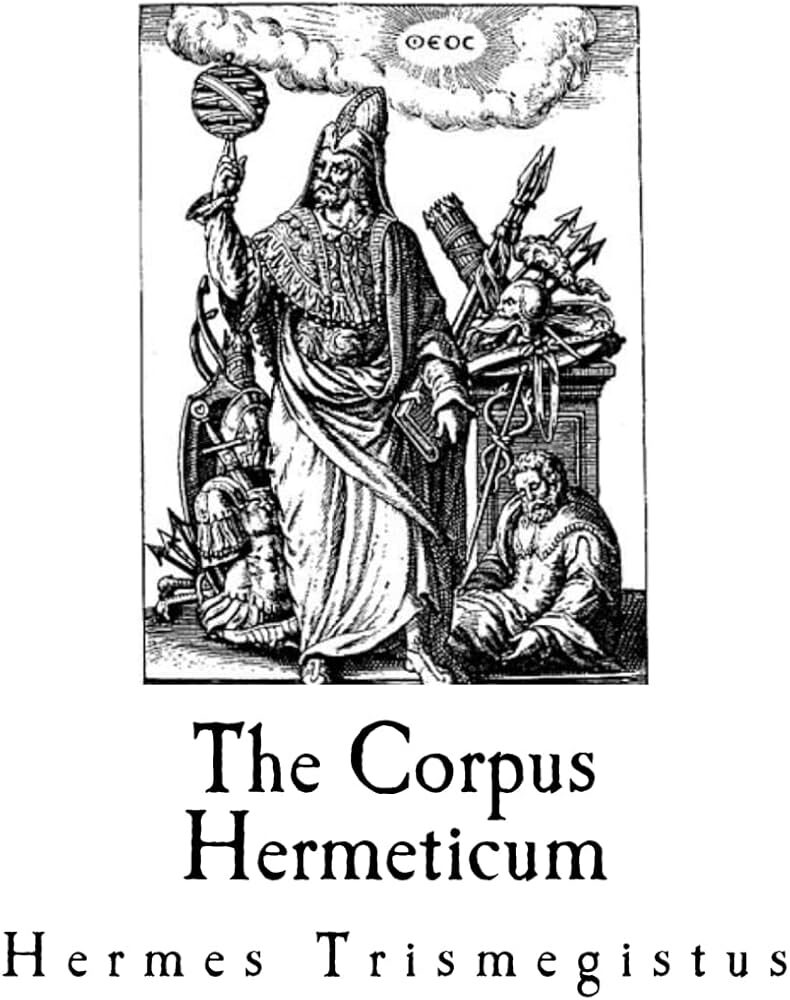
Interested in learning more? The following books are what I would consider essentials, if you want to get a proper handle on what hermeticism is all about. Some are easier to read than others, but these form what I would describe as the primary texts of the philosophy.
- Corpus Hermeticum – Foundational dialogues on cosmology and divinity.
- The Kybalion (1908) – A modern summary of Hermetic laws, attributed to the “Three Initiates.”
- Asclepius – Explores the role of gods and human potential.
- Emerald Tablet – A cryptic alchemical text; famous for “As above, so below.”
- Initiation Into Hermetics (Franz Bardon) – A step-by-step guide to magical training.
- Meditations on the Tarot – A Christian-Hermetic mystical text exploring archetypes and spiritual evolution.
Initiation Into Hermetics by Franz Bardon is one of the most practical and hands-on modern texts for anyone serious about Hermetic magick and ritual work. It’s beginner-friendly for the most part but it is dense, demanding, and assumes you’ve already laid some foundational groundwork.
Think of it like jumping straight into whisky bender without ever having had a beer. You can do it, but it’s probably going to get messy.
Before diving into any system, it’s worth spending time building a solid understanding of Hermeticism: what it is, where it came from, and how its principles work.
You don’t need to master everything, but you need to have your own idea about what it is and how you will use it before you start properly.
My advice? Read books. Do not use YouTube as a learning method, nor TikTok or any other social media channels – there’s just too many charlatans and snake oil salesmen out there.
Stick to published books from reputable publishing houses and imprints; that way, you know the information you’re getting has at least been reviewed by an editor and a lawyer.
In the meantime, the best way to prepare is by building a daily meditation practice. Start simple. Aim for 30 minutes a day—ideally split into two sessions, one in the morning and one at night.
Don’t overthink it. Sit upright. Focus on your breath. When thoughts drift in (and they will), gently bring your focus back to your breathing. That’s it.
Do this consistently for a week or two, and you’ll notice a shift—not just in your focus, but in your overall awareness. That’s the first real step into Hermetic practice: learning to control the mind.
Symbols in Hermeticism

Everyone dreams. You, me, and every person you’ve ever met creates a fully immersive mini-universe every single night. And in that universe, you’re God. You created the environment, the people, the story, the laws of physics—and you control it all.
Now think about this: in dreams, you can feel things. You can touch, taste, hear, and experience real emotion—fear, joy, lust, anger. It feels real.
Sometimes more real than real life.
But no matter how vivid a dream feels in the moment, something strange happens when you wake up. It fades. Fast.
Even the most dramatic, emotional, or detailed dream starts slipping away within minutes—sometimes seconds.
Is that because your brain can’t remember it? Unlikely. You remember to check your phone, make a coffee, feed the cat. So why do dreams disappear like mist?
Maybe it’s not forgetfulness. Maybe it’s a translation problem.
Dreams don’t operate in the same language as your waking mind. They speak in symbols, feelings, abstractions. Your conscious brain—the one built to make shopping lists and answer emails—just isn’t equipped to decode that kind of input.
So when you wake up, your logical mind tries to make sense of the dream… and it falls apart right before your eyes.
That’s why, when you do remember something from a dream, it’s often a symbol—a strange object, a weird animal, a repeating pattern, a person who didn’t look like themselves but felt like them.
Symbols stick because they bypass language. They speak to a deeper part of you.
And in Hermeticism, symbols are everything.
They’re not just visuals—they’re tools, maps, messages.
Learning to read them and how to use them (sigils) is like learning the alphabet of the unconscious
Here’s the main, core symbols in Hermeticism, with a quick explainer on what each one means.
| Symbol | Meaning |
|---|---|
| Caduceus | Duality, balance, healing (Hermes’ staff). |
| Hermetic Seal | Unity of body, soul, and spirit. |
| Ankh | Life and divine consciousness. |
| Ouroboros | Eternal return and cyclical time. |
| Philosopher’s Stone | Metaphor for spiritual transmutation. |
- Caduceus – Often mistaken for a medical symbol, this is the staff of Hermes, topped with wings and entwined by two serpents. It represents balance, duality, and the merging of opposites—masculine and feminine, spiritual and material, above and below. It’s also a symbol of healing and energetic alignment.
- Hermetic Seal (or Seal of Hermes) – A lesser-known but powerful symbol, often representing the integration of body, soul, and spirit—the three parts of the human being working in harmony.
- Ankh – Borrowed from Egyptian tradition, the ankh symbolizes life, eternal consciousness, and the divine force that animates all things. In Hermeticism, it serves as a reminder that life and spirit are inseparable.
- Ouroboros – The snake eating its own tail. This ancient image represents cyclical time, rebirth, and the eternal return—the idea that endings and beginnings are one and the same. It’s also a nod to the self-reflective nature of the universe: consciousness feeding itself.
- Philosopher’s Stone – Not a literal object, but a symbol of spiritual transformation. It represents the alchemical goal of turning base matter (or a base life) into gold—awakening to your true, divine self.
Is Hermeticism Right For You?
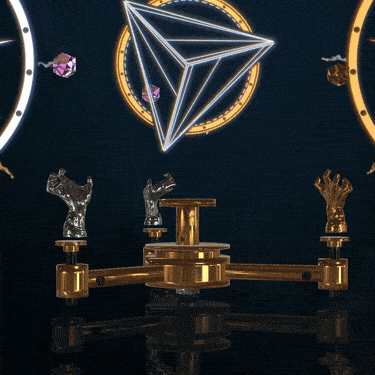
If you want fixed rules, absolute certainty, or a ready-made belief system to follow without question, Hermeticism probably isn’t your path. It doesn’t offer dogma—it offers tools. It asks more than belief; it asks for practice, reflection, and personal responsibility.
But if you’re someone who questions what you’ve been told, who feels that reality runs deeper than what we see, who suspects that consciousness plays a bigger role in shaping experience than most people admit—then yes, Hermeticism might be exactly what you’re after.
It won’t give you easy answers. But it will give you a framework to explore the questions that matter—questions about who you are, why you’re here, and how the mind connects to the cosmos.
Hermeticism doesn’t ask you to believe. It dares you to know.
FAQs
Is Hermeticism a religion?
No—it’s more of a spiritual philosophy. There’s no centralized church or dogma.
Can you be a Christian and a Hermeticist?
Yes. Christian Hermeticism sees Christ as a spiritual initiator aligned with Hermetic truths.
Does Hermeticism involve magic?
Yes, but not in the fantasy sense. It refers to inner alchemy, symbolic ritual, and mental/spiritual transformation.
Final Thoughts
Hermeticism offers timeless wisdom for those seeking spiritual depth, self-mastery, and a deeper understanding of the universe. Whether you’re a philosopher, seeker, or skeptic, its teachings can enrich your perspective on life, consciousness, and the cosmos.

